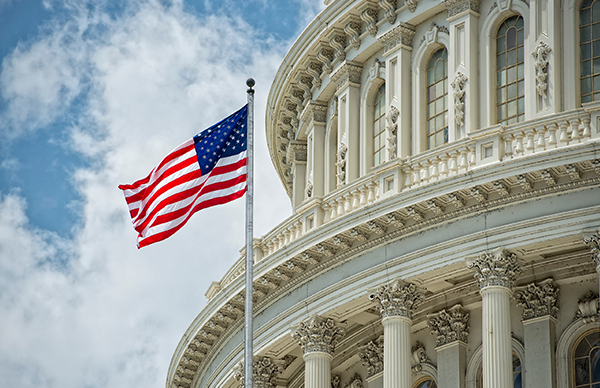Each year, a great deal of attention is paid to the upcoming year end work: census gathering, compliance testing, 5500s, oh my! But the year-end also brings with it a host of items that may need attention before the year closes. Below are a few action items that may need to be considered.
- Changes were made for the current plan year or upcoming plan year that required an amendment. Example: As of January 1, 2023, in-service distributions are available to participants at age 59 ½.
- Do you have a signed copy of the amendment on file?
- Have you revised your processes to ensure you are following the new terms of the plan?
- Are there terminated participants with small balances?
- If your plan is like most and permits force-out or mandatory distributions of terminated participant account balances, the distributions must be completed by the plan year end.
- Check with your service provider to ensure the amounts will be paid out before the current plan year end.
- If your plan includes automatic enrollment provisions, the following may help you keep on track.
- Identify participants who will be eligible at the start of the plan year and be sure that deferrals are scheduled to begin on time for those that do not opt out.
- For plans that include auto-escalation of contributions, create a list of participants whose deferrals need to be increased in accordance with the plan’s schedule.
- With the significant increase in limits for 2023, it will be a great year for both participants and plan sponsors to take advantage of saving for retirement. It may make sense to review your current plan specifications to ensure that participants can take advantage of the higher limits. Some examples are raising your company match cap to a higher limit or letting employees enter the plan more quickly.
- The 2023 COLAs significantly raised the annual compensation limit from $305,000 to $330,000. If you fund employer contributions during the year, be sure to adjust your calculations for the upcoming plan year based upon the new limit.
- While some actions are needed ahead of the start of a plan year, the SECURE Act provided that a new plan can be added after the end of the year to which it applies. For example, if you maintain a 401(k) Plan and choose to add a Cash Balance Plan, the new plan can be implemented up to the due date of the company’s tax filing. This means that even if you choose to add a Cash Balance Plan for 2022, the plan document can be executed in 2023 if it’s adopted prior to filing the 2022 company tax return.
Be sure to speak with your TPA or service provider about any additional steps that need to be taken in order to be ready for a new plan year.
© 2022 Benefit Insights, LLC. All Rights Reserved.







